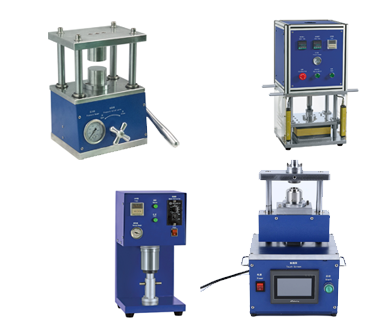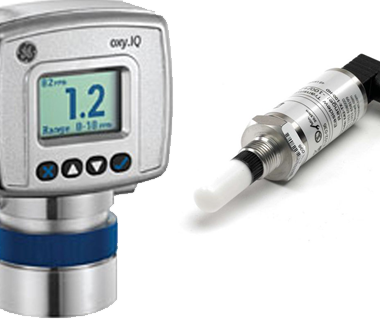No products in the cart.
Preparation of Laboratory Space for Glove Box Installation
Installing a glove box in a laboratory requires careful planning and preparation to ensure the proper functioning of the equipment and the safety of personnel. This article aims to provide detailed guidelines for the preparation of laboratory space before glove box installation.
- Assessing the Location: Before installing a glove box, carefully assess the intended location within the laboratory. Consider the following factors:
1.1 Space Availability: Ensure that the selected location has sufficient space to accommodate the glove box and associated equipment. Take into account the dimensions and specific requirements of the glove box model to determine the appropriate clearance area.
1.2 Accessibility: The location should provide easy access to the glove box, allowing users to enter and exit comfortably. Ensure that there are no obstructions such as walls, benches, or equipment in close proximity to the glove box.
1.3 Environmental Considerations: Consider the laboratory’s environmental conditions, including temperature, humidity levels, and air quality. The location should minimize exposure to external factors that could impact the glove box’s performance, such as direct sunlight, excessive heat sources, or areas prone to high humidity.
1.4 Electrical and Utility Requirements: Verify the availability of electrical outlets near the installation site to power the glove box and any additional equipment. Ensure that the facility’s electrical system can handle the power demands of the glove box without overloading the circuit. In addition, consider other utility requirements, such as gas supplies for inert atmosphere, water supply, or exhaust systems if necessary.
- Clearing the Area: Prepare the installation site by removing any unnecessary items or equipment that may obstruct the installation or interfere with the glove box’s operation. Clear the area of debris, chemicals, or other materials that may pose a safety hazard or contaminate the glove box environment.
- Flooring and Stability: Ensure that the floor where the glove box will be installed is level, stable, and capable of supporting the weight of the equipment. If necessary, consult with a structural engineer to assess the floor’s load-bearing capacity and make any necessary reinforcements.
- Ventilation: Consider the ventilation requirements of the laboratory space where the glove box will be installed. Adequate ventilation is crucial for maintaining a healthy and safe working environment. Ensure that there is proper airflow and exchange of air to prevent the accumulation of hazardous substances or fumes.
- Lighting: Ensure that the installation site has adequate lighting to provide clear visibility inside the glove box and the surrounding area. Consider installing additional lighting fixtures if necessary to ensure proper illumination.
- Safety Measures: Prioritize safety when preparing the laboratory space for glove box installation. Take the following precautions:
6.1 Fire Safety: Ensure that the installation site is equipped with appropriate fire safety measures, such as fire extinguishers and smoke detectors. Verify that the glove box installation complies with local fire safety regulations.
6.2 Emergency Exit: Maintain clear paths to emergency exits, ensuring that they are easily accessible and free from obstructions.
6.3 Safety Signage: Install safety signs and labels to indicate the presence of the glove box and provide instructions for safe operation and emergency protocols.
- Documentation and Compliance: Comply with all relevant safety regulations and laboratory standards when preparing the laboratory space. Keep detailed records of the preparation process, including any modifications made to the facility, and ensure that all necessary permits and approvals are obtained.
In conclusion, careful preparation of the laboratory space is crucial before installing a glove box. Consider factors such as space availability, accessibility, environmental conditions, electrical and utility requirements, flooring stability, ventilation, lighting, and safety measures. Adhering to these guidelines will help ensure a smooth and successful glove box installation, providing a controlled and safe environment for laboratory operations. Always refer to the manufacturer’s instructions and guidelines for specific requirements related to your glove box model.




